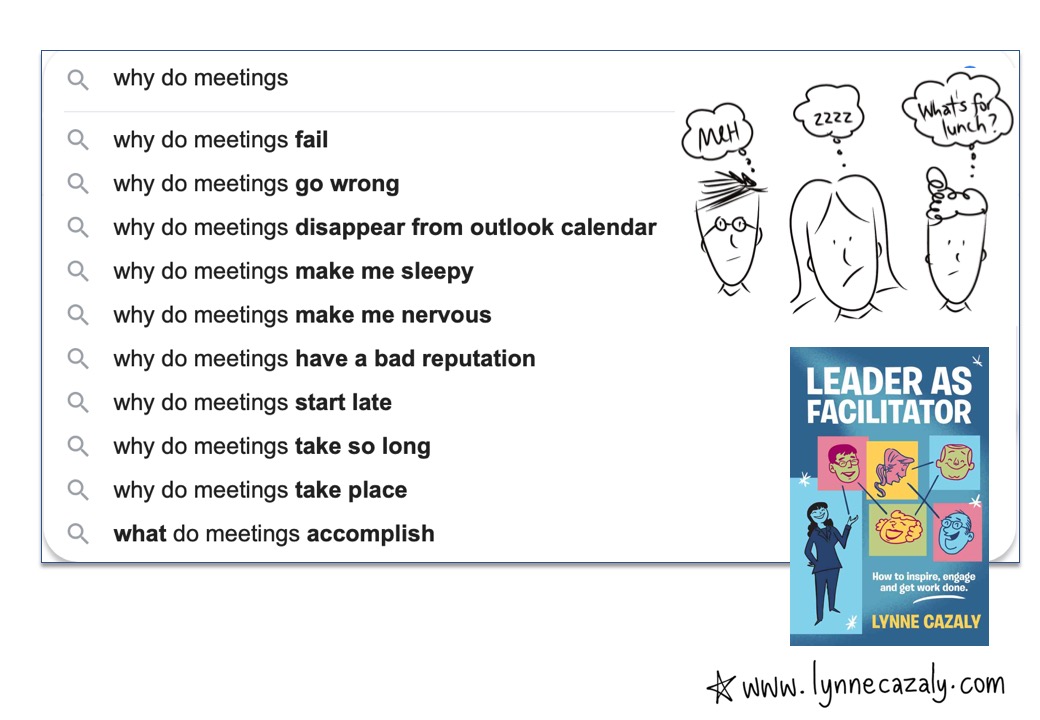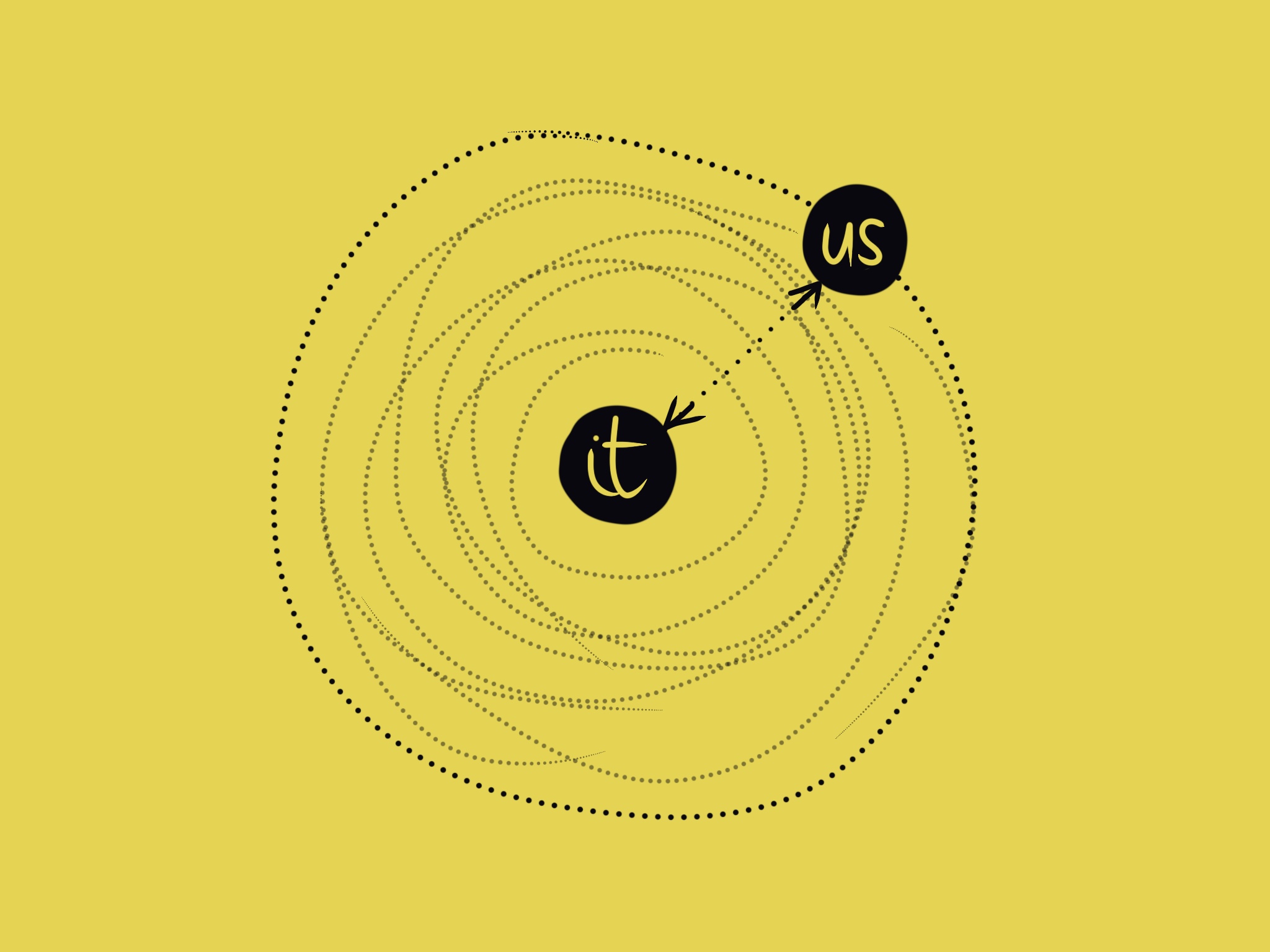It’s not just a meeting
 Friday, December 20, 2019 at 11:58AM
Friday, December 20, 2019 at 11:58AM  It’s an opportunity for consultation, collaboration, co-design. For information sharing, attitude adjusting and belief shifting. It’s an opportunity to make the workplace safer to speak up.
It’s an opportunity for consultation, collaboration, co-design. For information sharing, attitude adjusting and belief shifting. It’s an opportunity to make the workplace safer to speak up.
It’s an opportunity to have a conversation not a presentation. To turn the data show off, to pass on the PowerPoint deck and instead engage, ask questions.
It’s an opportunity to hear what would improve their experience as an employee, contractor or team member, colleague, customer, user or client. How you could support them more, better, differently.
It’s an opportunity to bring people together, not p*ss people off.
A meeting is a place and space where you can do work together, collectively. But when most meetings are poorly run, boring and unproductive, it’s up to you the leader, to get the development you need to make better work of every one of the meetings you lead.
Learn the subtle, nuanced, yet complex skills of facilitation. They’ll be so glad you did.





















